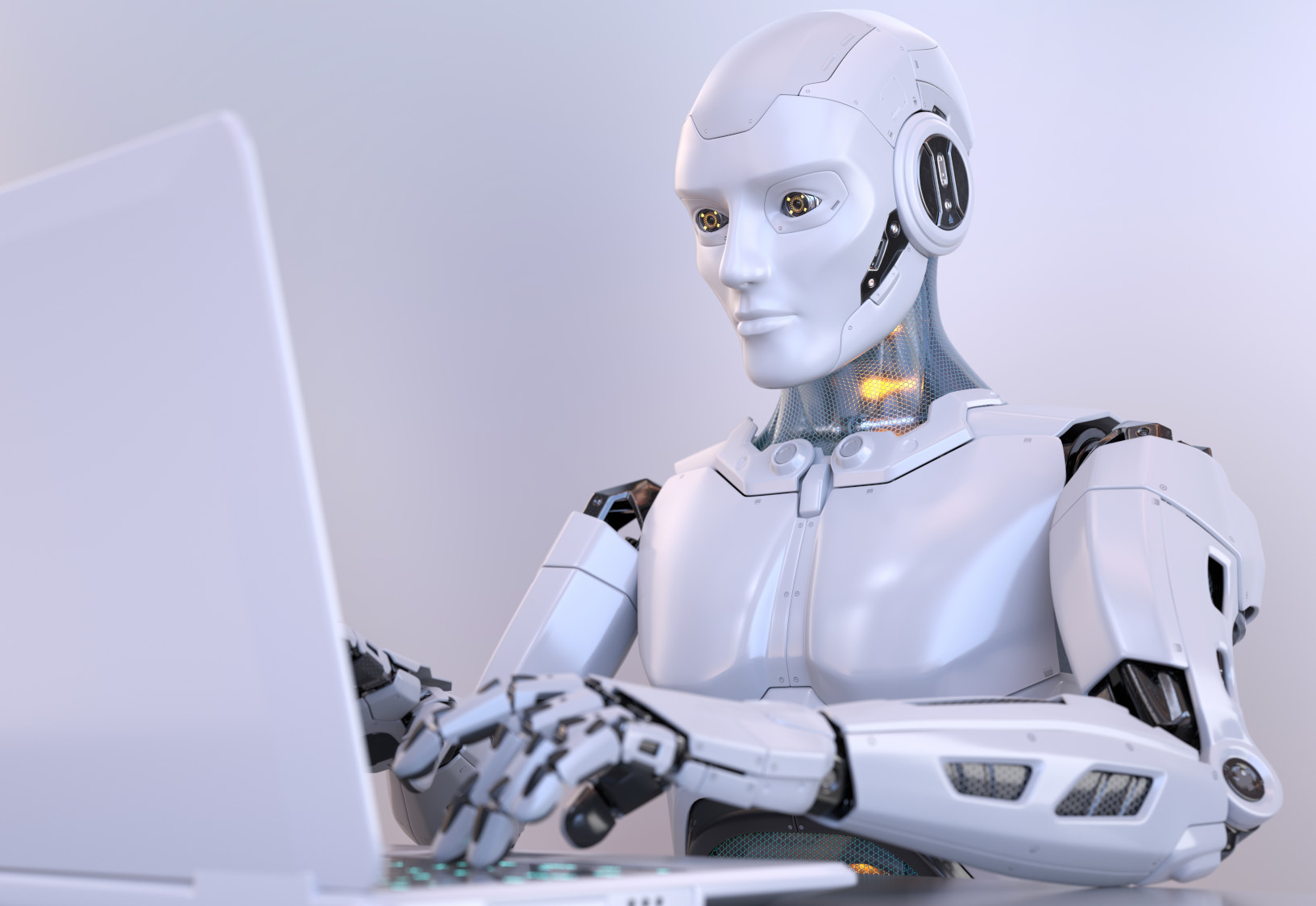In today’s data-driven world, harnessing the potential of data is more crucial than ever. With advanced Machine Learning solutions, businesses can transform raw data into actionable insights, optimizing processes, predicting future trends, and enhancing customer experiences. At Softriva, we specialize in leveraging cutting-edge algorithms and data-driven models to empower your business with the insights needed to thrive in a competitive landscape.
MACHINE LEARNING
WHAT IS MACHINE LEARNING?
Machine learning is a branch of artificial intelligence that focuses on the development of algorithms and statistical models that enable computer systems to improve their performance on a specific task through experience. Unlike traditional programming, where rules are explicitly defined, machine learning algorithms learn from data, identifying patterns and making decisions with minimal human intervention.
APPLICATIONS OF MACHINE LEARNING
Machine learning is transforming industries by providing data-driven insights that enhance decision-making and efficiency. Below are key areas where machine learning is driving significant impact.
MACHINE LEARNING
KEY COMPONENTS
DATA COLLECTION & PREPARATION
Gathering relevant, high-quality data from various sources is the first step. This involves cleaning and preprocessing data to ensure consistency and reliability. Feature engineering is then performed to create meaningful input variables.
ALGORITHM SELECTION
Choosing appropriate machine learning algorithms based on the problem type and data characteristics is crucial. Common categories include supervised, unsupervised, and reinforcement learning.
MODEL TRAINING
Once the data is prepared, it is fed into the chosen algorithm. Adjusting model parameters during this phase optimizes performance.
EVALUATION & VALIDATION
Assessing model accuracy using various metrics is essential to ensure reliability. Cross-validation techniques are used to ensure the model generalizes well to new data.
DEPLOYMENT & MONITORING
Integrating the model into production systems marks the deployment phase. Continuous monitoring and retraining are necessary to maintain and improve model performance over time.
MACHINE LEARNING TYPES
SUPERVISED LEARNING
Supervised learning uses labeled data to train models. By learning from these labeled examples, the models can make predictions or classifications on new, unseen data. Common examples of supervised learning include regression and classification tasks. Applications of supervised learning range from price prediction in finance to spam detection in email systems.
Examples: Regression, Classification
Applications: Price prediction, Spam detection, Fraud detection, Customer lifetime value prediction, Sentiment analysis

UNSUPERVISED LEARNING
Unsupervised learning focuses on finding patterns in unlabeled data. Without predefined labels, the models identify inherent structures within the data. Clustering and dimensionality reduction are typical examples of unsupervised learning techniques. These methods are widely used for customer segmentation in marketing and anomaly detection in various fields.
Examples: Clustering, Dimensionality reduction.
Applications: Customer segmentation, Anomaly detection, Market basket analysis, Topic modeling, Genetic clustering

REINFORCEMENT LEARNING
Reinforcement learning involves learning optimal actions through trial and error, guided by rewards and punishments. This approach is particularly useful in environments where decision-making sequences are crucial. Applications of reinforcement learning include game playing, robotics, and autonomous systems, where the models continuously improve their performance over time.
Examples: Q-learning, Deep Q-networks
Applications: Game playing, Robotics, Autonomous systems, Financial portfolio management, Real-time bidding in online advertising, Industrial automation

DEEP LEARNING
Deep learning utilizes neural networks with multiple layers to process complex data structures. It excels at handling unstructured data such as images, text, and audio. With its ability to automatically extract features and representations from raw data, deep learning is the backbone of advanced applications like image recognition and natural language processing.
Examples: Convolutional Neural Networks (CNNs), Recurrent Neural Networks (RNNs).
Applications: Image recognition, Natural language processing, Speech recognition, Autonomous driving, Drug discovery, Language translation.

![]()
Softriva’s Machine Learning solutions empower businesses to predict outcomes, optimize operations, and enhance customer experiences. Leveraging tools like Scikit-learn, TensorFlow, and PyTorch, we build intelligent models for classification, forecasting, and real-time decision-making.
WE CAN HELP
Our experts are dedicated to providing tailored solutions that address the unique challenges of businesses and public-sector organizations. Get in touch to explore how we can support your goals.








